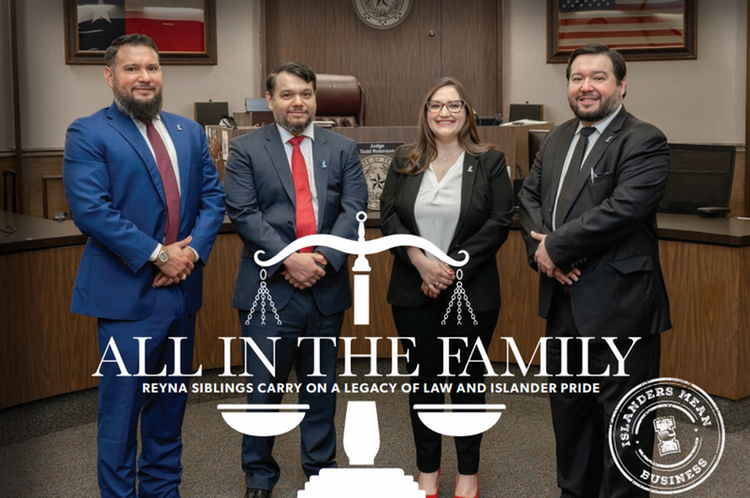Shopping, Dining, Medical Care Patterns in Cell Phone Data Help TAMU-CC COVID-19 Researchers
CORPUS CHRISTI, Texas – Cell phone data is providing important insights into where residents of the Coastal Bend are traveling; whether they are following social distancing guidelines; and how changes in their habits have helped ease the impact here of the COVID-19 pandemic.
Researchers at Texas A&M University-Corpus Christi have been examining cell phone data since April, when they and other members of a special task force began an in-depth project for the City of Corpus Christi and Nueces County that models the course of the virus across the Coastal Bend.
In a regular weekly news conference today, June 5, Dr. Chris Bird, Associate Professor of Biology at Texas A&M-Corpus Christi, explained how the cell phone data is helping experts understand how patterns in community activity are related to spread of the virus. For many weeks, the data showed that people were staying home.
“Then slowly, as cabin fever set in, we started going out,” he said, noting that the number of people who stayed at home and the distances they traveled reached a low in early April, then began a gradual climb that is now approaching pre-COVID-19 levels. The cell phone data, which cannot be traced back to individual users, is available from all cell phone users who allowed an app to track their location.
Dr. Lucy Huang, Associate Professor of Geographic Information Science and coordinator of the Geospatial Systems Engineering Program, Dr. Bird and their team are exploring foot traffic, distance traveled and other parameters in different parts of the Coastal Bend. For example, the data shows more activity outside the home on weekends; more activity at hotels and less at airports; and more people now visiting malls than grocery stores. A big increase was seen this week in the number of people going to bars. Visits to home improvement stores have been higher than normal since late April, which Bird believes may represent those who are working from home and also working on home improvement projects at their homes, rather than a response to the pandemic.
A concern to the research team is the low number of people seeking medical treatment despite the reopening of doctors’ offices and other medical facilities for non-COVID-19 medical needs. While visits to the eye doctor and dentist seem to be approaching more normal levels, the data suggests other medical care is being delayed.
“If you are having medical distress, your medical outcomes are going to be better if you seek medical attention than if you don’t,” Bird said. The experts noted that hospitals are taking the most thorough precautions against the spread of COVID-19, and people should not be reluctant to seek needed medical care because of fears of contracting the virus.
With a transmission rate steady at 0.9 people infected per virus carrier in South Texas, the researchers reported for the second week in a row that COVID-19 is not expanding here and that South Texas has the lowest transmission rate per carrier in the state. Meanwhile, the higher transmission rates in other parts of the state have declined over the past week.
“This is good news, but it’s not time to become complacent,” Bird said. “Even though our transmission rate is below 1.0, it will still take a long time for this to burn out.”
The rate is far lower than what researchers say would have occurred if social distancing and other measures had not been practiced. Had no measures been followed, the virus would have grown exponentially into thousands of cases here, the models showed. Currently, the Coastal Bend has recorded 384 total cases.
Dr. Philippe Tissot, Interim Director of the Conrad Blucher Institute (CBI) at A&M-Corpus Christi, said the research team is making good progress as it looks at which practices seem to be effective in controlling spread of the virus, and what can be expected if the virus begins to spread rapidly again, perhaps in the fall. Study of the cell phone data is invaluable in conducting a thorough analysis.
“The more we understand why we have low numbers, the better prepared we’ll be in the future,” he said.
The team’s presentations and findings can be seen on a special dashboard: https://www.conradblucherinstitute.org/covid19.

